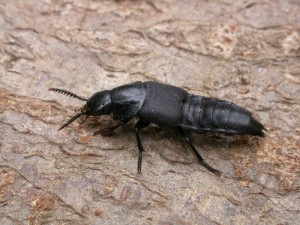August has primarily been a disappointing month at IGC for moths. The start of the month saw a massive decline in catches due to poor weather. On top of this some work and family commitments reduced trapping opportunities. Moth numbers improved later from 20th onwards, with a very big catch of moths of 117sp on the 21st, a very high total for the time of year here. Interest has been limited though, with fewer scarce species recorded and hardly any migrants. What has been good has been the strong second brood showing of some moths, including Light emerald (150+ on the 21st for example), Brimstone, both peacock species and the prominents (especially Maple). Be interesting to see if others have noticed this too. All down to the better weather earlier in the summer.
Macros to comment on included the following. Sandhill rustic (second site record on the 14th), Square-spotted clay (17th), Leopard (a late record on 23rd), Tree-lichen beauty (numbers still increasing year on year), Latticed heath (seen most nights later in the month with a high of 25 on the 17th), Yellow-legged clearwing (female found in polytunnel on the 18th, the 5th record at least this year), Satin wave (good numbers of second brood), Dusky thorn (a few), Vestal (7th, 21st and one seen by day on the 14th). Common wainscot has been around in better numbers this year, it’s best season for some while.
The micros have been of more interest during the month. Best record was Cochylis molliculana on the 16th, the only new site record for the site, a long expected arrival of this quite common species on the coast. Was always going to take some time to arrive at IGC as there are only 2 specimens of the food-plant Bristly ox-tongue on the whole site! Another was caught on the 21st. Others seen: Cydia amplana (7th – 2, 21st – probably local bred specimens rather than migrants), Ypsolopha alpella (14th), Stenolechia gemmella (regular), Anania verbascalis (a late record on the 17th), Nephopterix angustella (20th), Eucosma tripoliana (22nd), Ocnerostoma friesei (22nd) and Ptocheuusa paupella (21st and 28th, the 3rd and 4th site records).
An interesting beetle was found in the traps on the 8th – a Hornet rove beetle. This distinctive large black species normally lives inside Hornet nests and is known to be drawn to moth lights. First time I’ve seen it.
Neil





